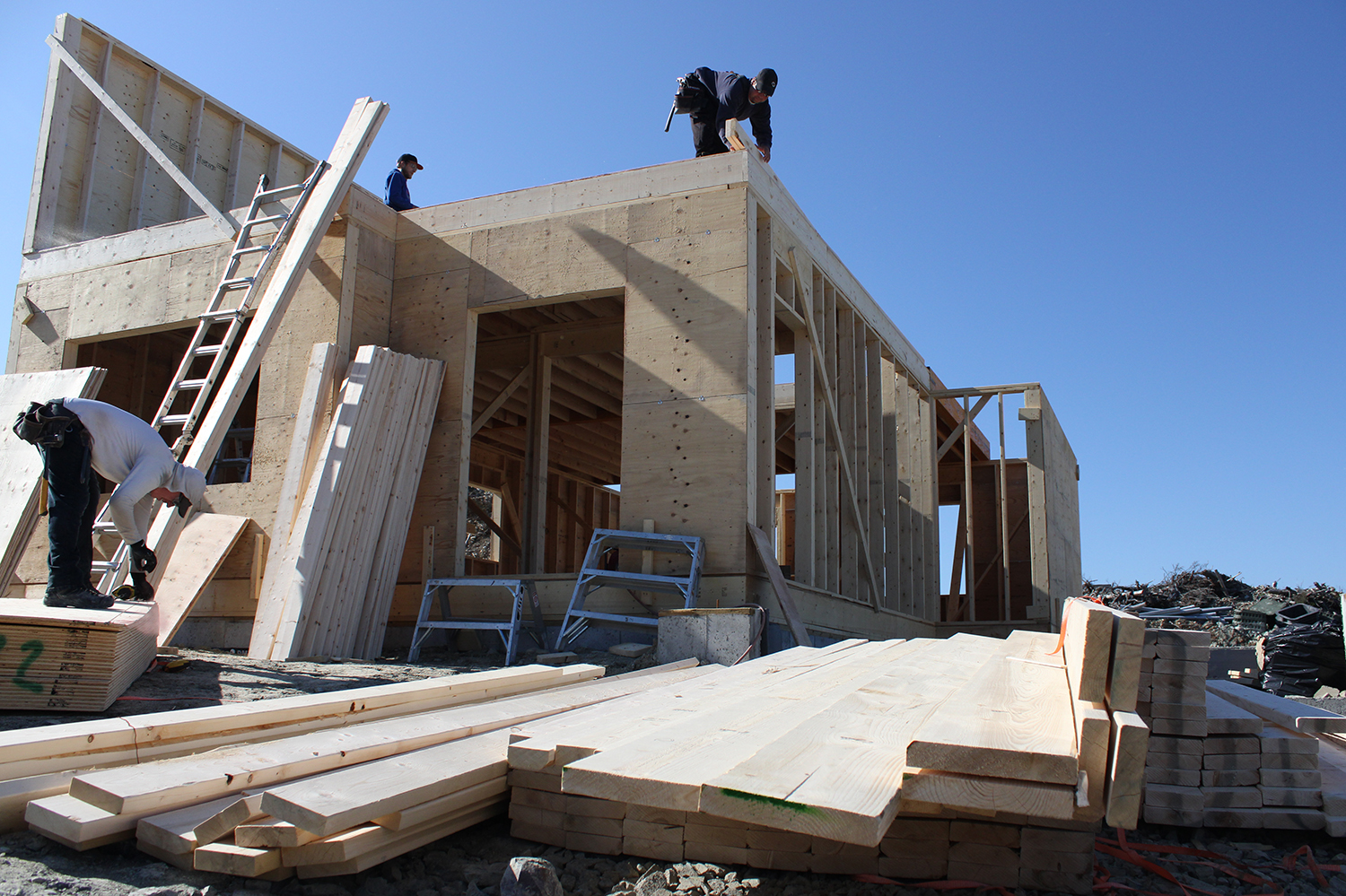Hurricane Fiona battered the southwest coast destroying 100 homes and leaving much of Port Aux Basques in ruins. Most homes in the province, say experts, wouldn’t fair much better.

Arlette Lazarenko
Kicker
Hurricane Fiona struck with a vengeance last month and caused the sea in Port aux Basques to rise and violently pull more than 100 homes into the depths of the North Atlantic.
Too far gone to repair, piles of splintered wood, wrecked furniture and strewn sentimental items are all that remains of many homes. To help the residents rebuild, the provincial government wrote a $30-million cheque to assist the 5,000 residents in the small town. The federal government is supporting the funding and will match Red Cross donations until Oct. 23.
But in St. John’s, the picture of the city landscape after a hurricane attack could look different.
Stephen Bruneau is a professor at MUN in the department of civil engineering, a structural engineer and an experienced home builder.
“The construction of houses here in our jurisdiction is essentially built to take the kind of weather and wind conditions that we saw in that hurricane (Fiona),” said Bruneau.
There could be some modest improvements in house construction, Bruneau says, that could make structures more storm resistant. He says roofs have a higher risk of being damaged in extreme weather and could be improved.
But ultimately, Bruneau says the harbour in St. John’s is well protected from a storm surge. He says St. John’s has seen its fair share of strong wind, and the houses are ruggedly built.
“The question of what damage we (in St. John’s) would receive wouldn’t be the kind of damage you saw in Port aux Basques. It would be potential flooding.”
To mitigate flooding, Bruneau says the city keeps on improving the storm-water system capacity and retention.
Echoing Bruneau’s thoughts is Mark O’Brien, a manager at Wolf Construction Ltd. The company specializes in customized residential builds in Newfoundland and other provinces.
“I’m pretty optimistic unless a major hurricane hits St. John’s head-on,” said O’Brien. “The majority of the houses are built pretty good. But you know, a category four hurricane hits St. John’s, and you will see trusses get ripped right off houses.”
The average home in Canada is built under the minimum standards written in the National Building Code of Canada. But ultimately, provincial governments have the power to legislate and regulate any building construction in their territories.
Wolf Construction Ltd. builds some of its homes using insulated concrete forms, says O’Brien. Essentially, the space between the wooden walls is filled with concrete and rebar to make the structure stronger and more resilient against extreme weather such as a hurricane.
Glass is also an issue.
“If your door breaks or your window breaks and you got wind that’s going in, it’s gonna cause a lot of damage – and that’s really where stuff starts falling apart.”
O’Brien says not many houses in St. John’s are insulated concrete form homes.
“That’s becoming more and more popular. We do about 15 To 20 builds like that a year. But now, most homes are built just to the minimum code. You know, the traditional concrete basement storey and then two-by-six wood construction,” said O’Brien.
But strong concrete walls are no match for a raging sea, says O’Brien.




Be the first to comment